13 Photography Tips for U.S. Tourists Abroad
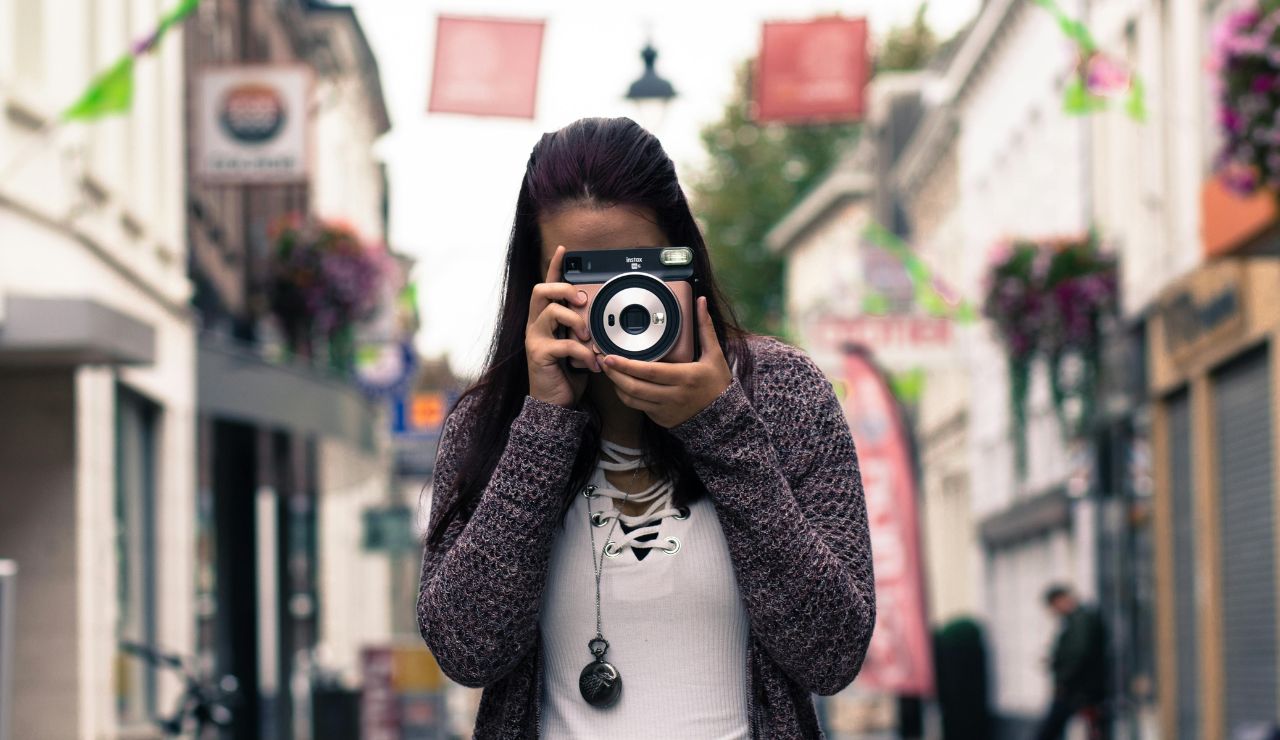
Capturing your travel experiences on camera is more than just snapping pretty photos. As a U.S. tourist abroad, cultural sensitivity, lighting know-how, and situational awareness can make or break your photography. Whether you’re using a DSLR or a phone, these timeless tips help you create meaningful images while staying respectful and safe. Because good travel photography tells a story—without stepping on one.
Learn the Local Laws
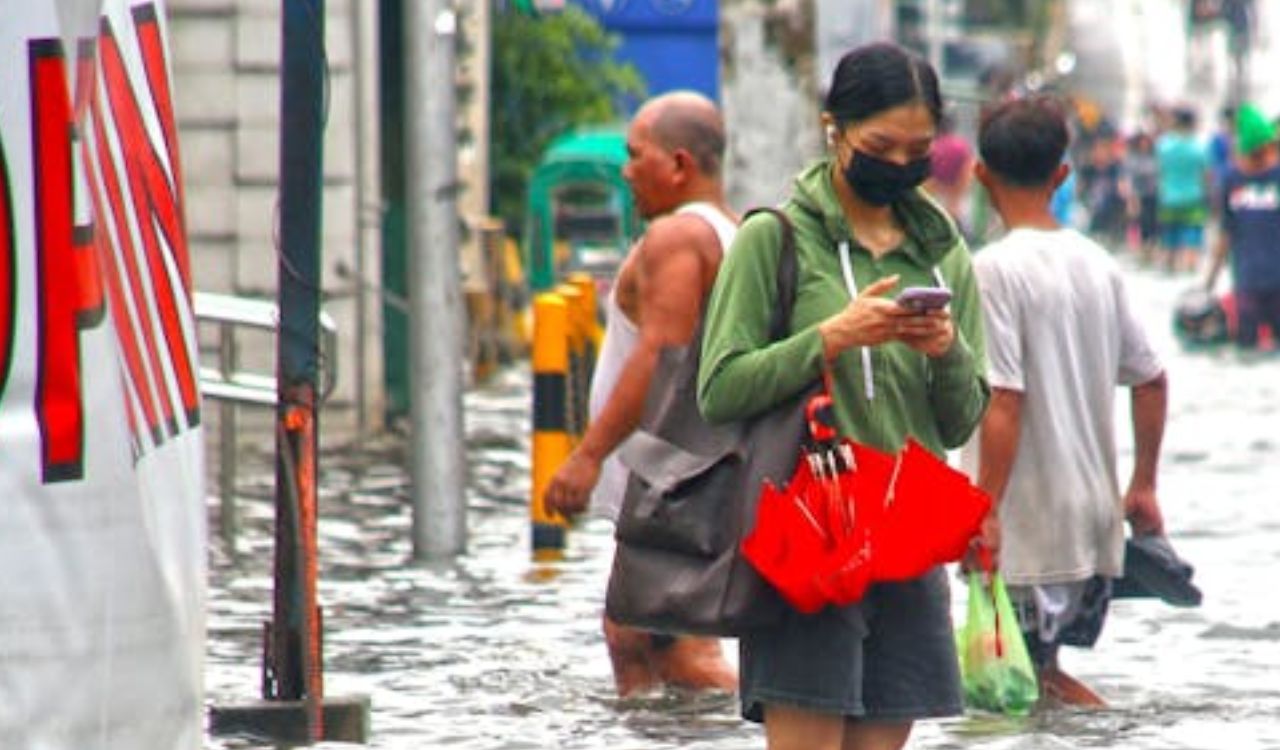
Not all countries allow photography in the same places. Some government buildings, border zones, or religious sites may be off-limits. Researching ahead helps you avoid awkward encounters—or worse, fines. Respecting local rules shows you’re not just a tourist, but a thoughtful guest. When in doubt, ask. A little prep can prevent misunderstandings and keep your trip stress-free.
Respect People’s Privacy
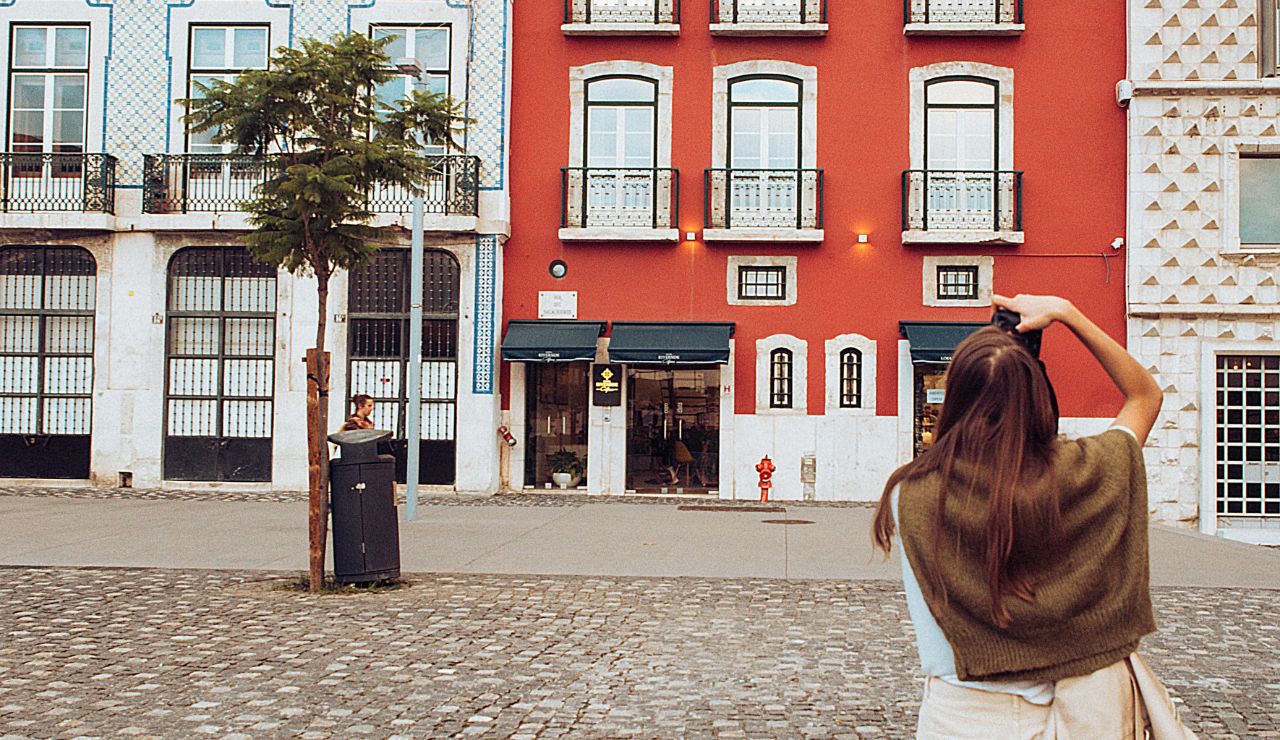
Just because someone’s in public doesn’t mean they want their photo taken. Always ask permission before photographing locals, especially children or elders. A smile and a gesture go a long way. Many cultures view unsolicited photos as intrusive or rude. Capture connection, not conflict. Kindness and empathy always show in the final image.
Watch Your Surroundings
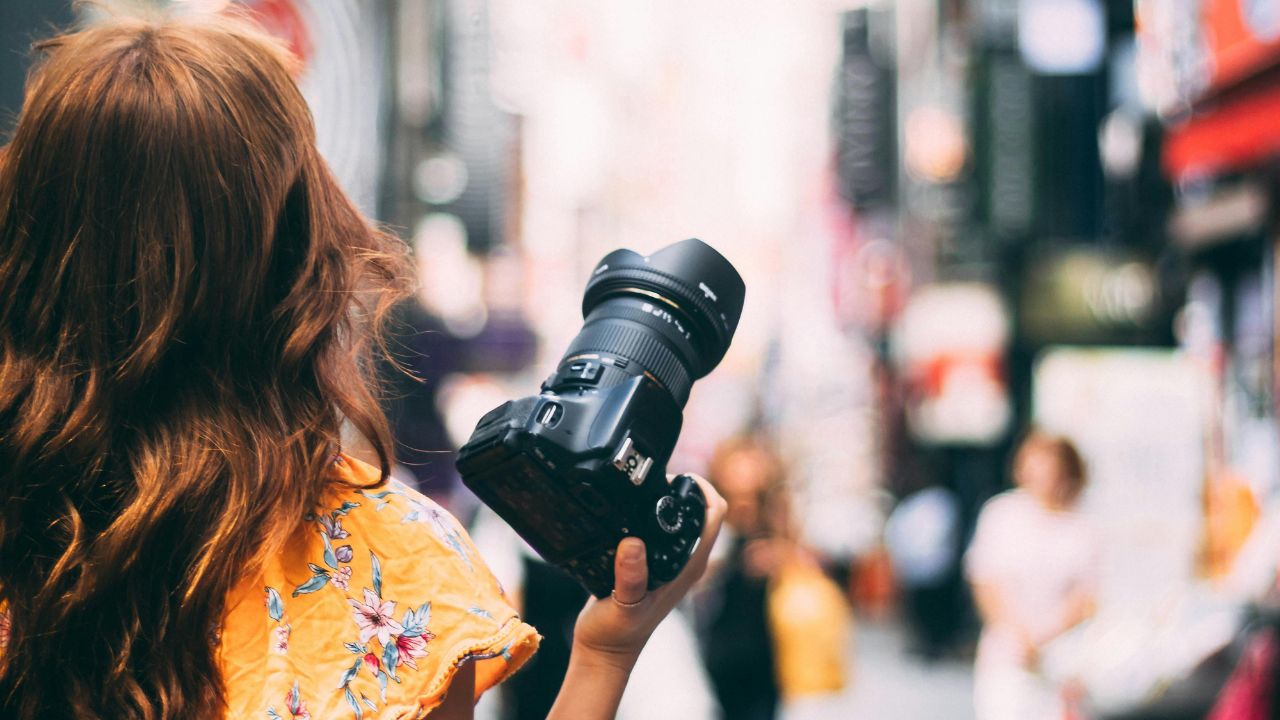
Focusing on the frame can make you forget your surroundings. But staying aware protects you from pickpockets or unsafe spots. Don’t let your gear—or attention—make you an easy target. Keep one eye on the scene and one on your bag. Being alert keeps both your photos and your experience safe. Beautiful photos aren’t worth putting yourself at risk.
Travel Light and Smart
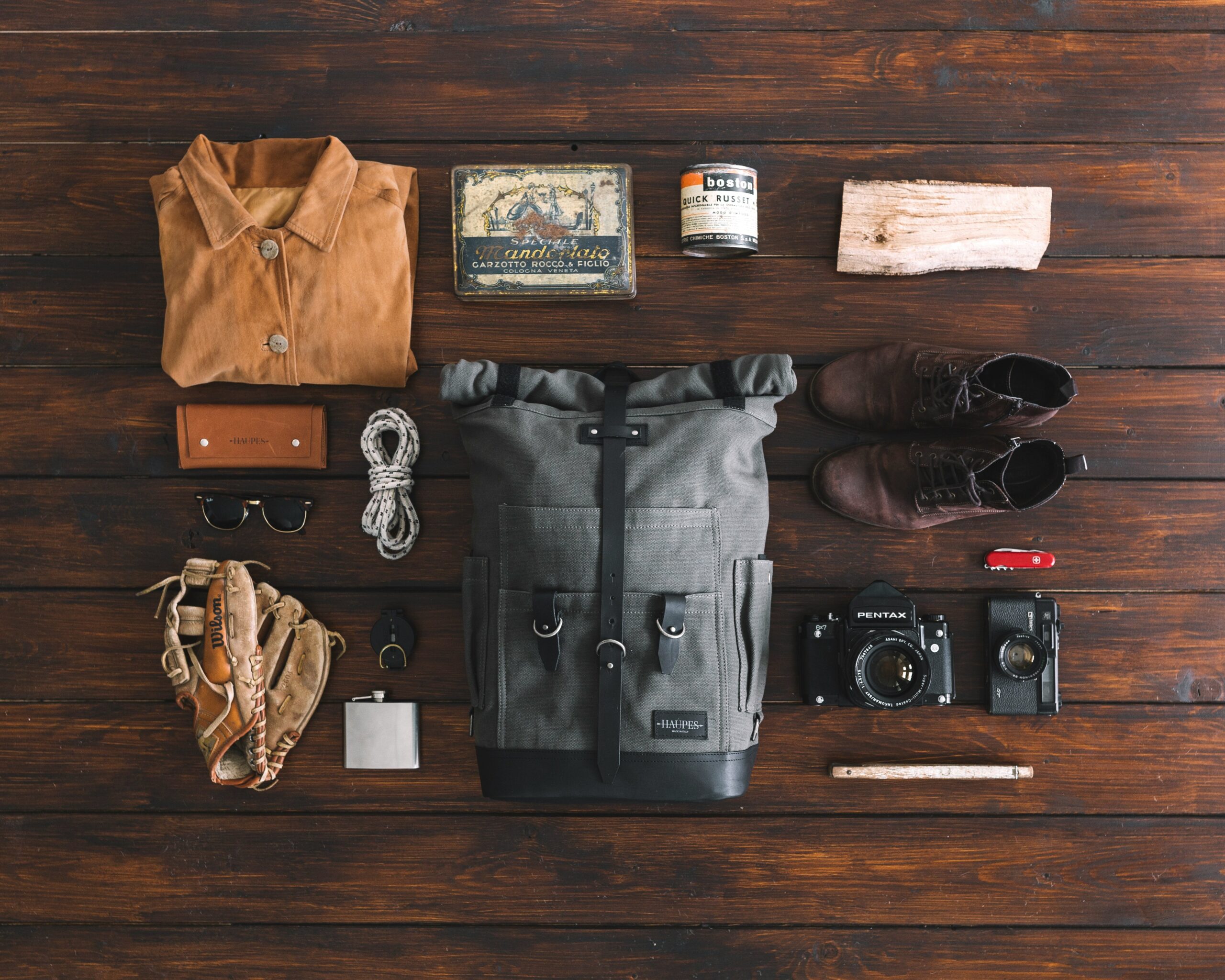
Carrying too much gear draws attention and slows you down. Instead, choose one versatile lens and a secure, discreet bag. A smartphone with a good camera can be just as powerful. The less you carry, the more freely you can explore and shoot. Blend in, move easily, shoot better. Efficiency often leads to more spontaneous, authentic captures.
Wake Up With the Light

The best time to shoot most cities and landscapes is early morning. You’ll get softer light, empty streets, and fewer tourists in your frame. Golden hour shots feel cinematic and intimate. Plus, it’s a great excuse to explore while the world is still quiet. Your photos will thank you. Early mornings are also safer and less rushed.
Don’t Overprocess Your Shots
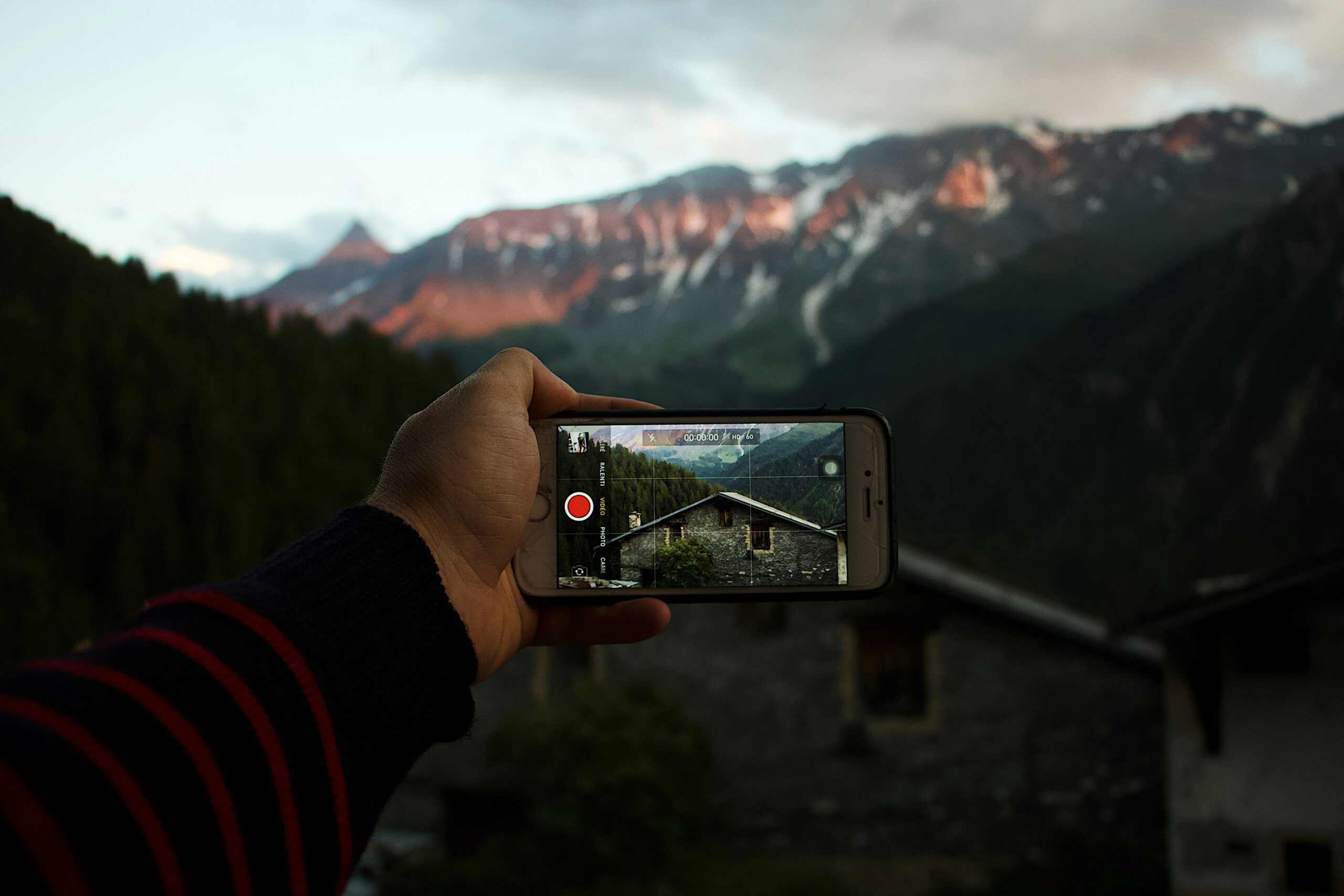
Filters and editing tools are great—but go easy. Oversaturated skies and unnatural tones take away from the authenticity of a place. Let the original atmosphere of the location shine through. Subtle edits preserve the travel story you’re trying to tell. Aim for timeless, not trendy. Let your photo breathe instead of smothering it in effects.
Capture Everyday Life
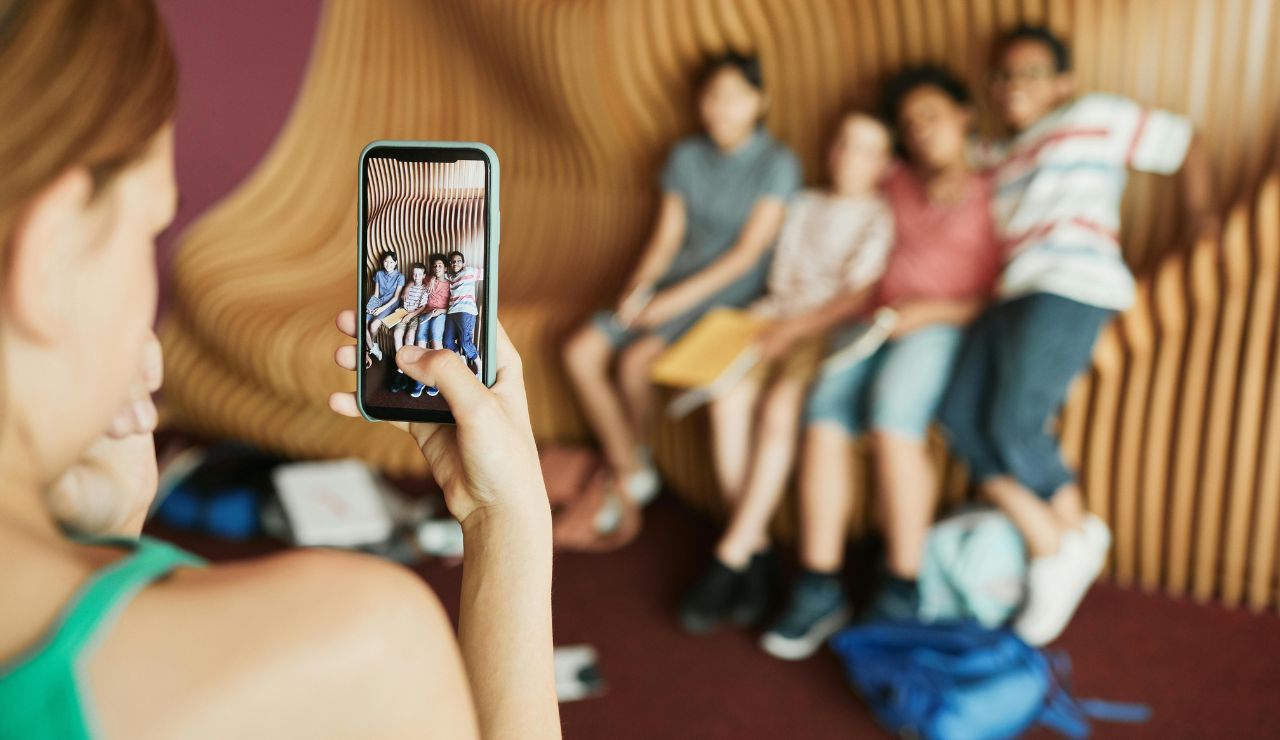
Don’t just chase landmarks. Some of your most memorable shots may come from cafés, street corners, or local markets. The little details say just as much about a place as the big-ticket spots. Be patient and curious with the small scenes. They often tell the most. Your camera can help you notice beauty you’d otherwise pass by.
Stay Off the Path—Safely
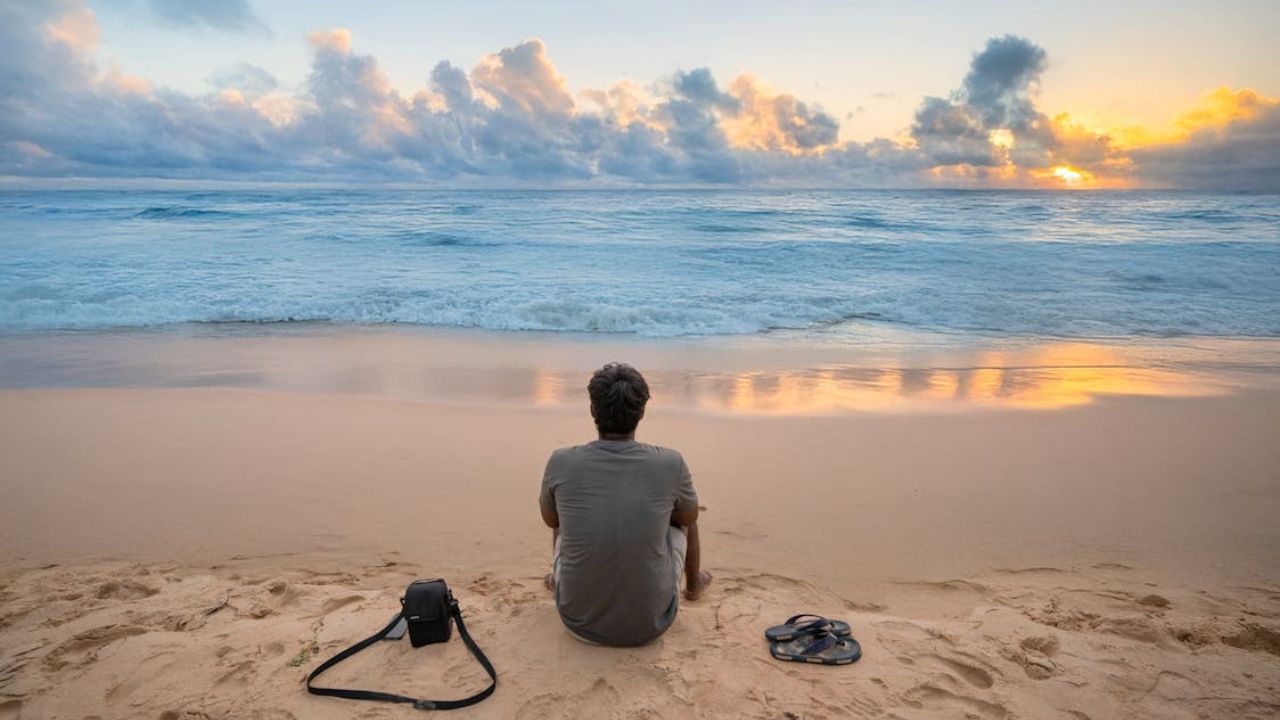
Great shots come from unique angles. Step to the side, look up, squat down, or walk around a scene for a different view. Just don’t trespass or endanger yourself trying to get the perfect frame. Creativity is key—but safety and respect always come first. Know the boundary between bold and reckless. Being inventive doesn’t require breaking the rules.
Mind the Flash
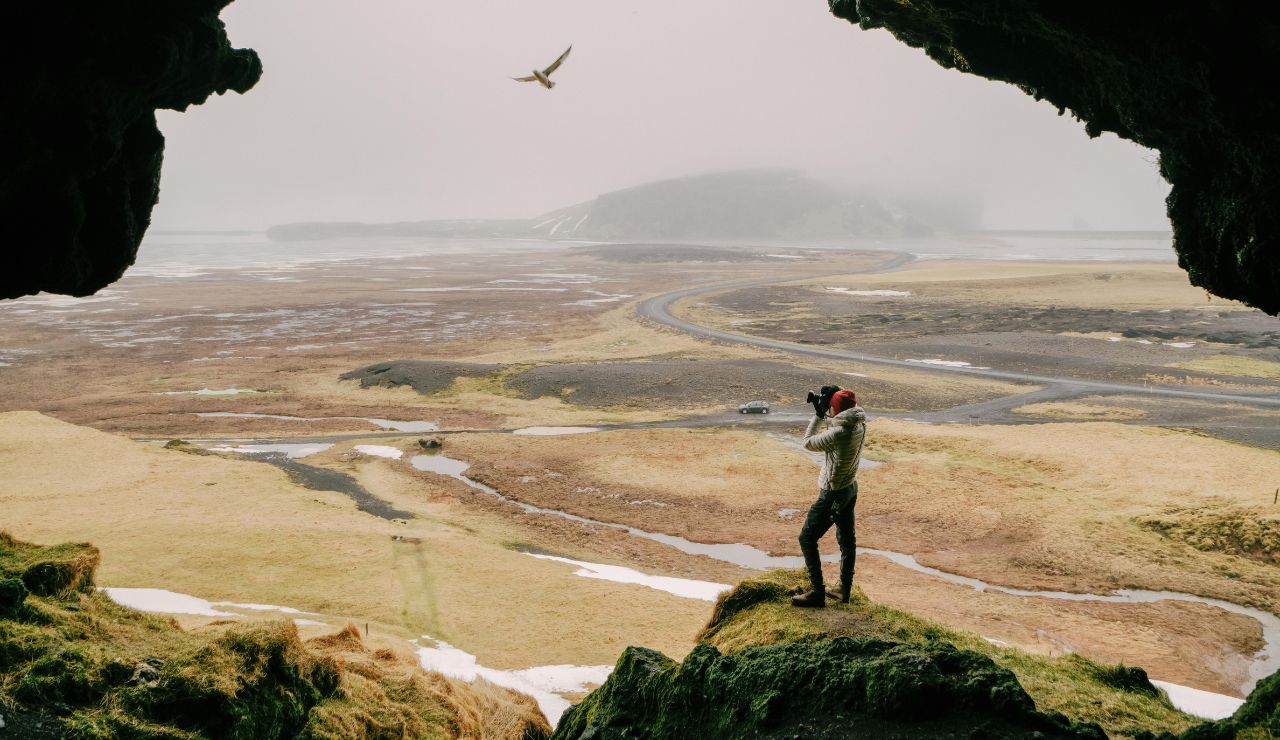
Using flash indoors or near people can be jarring. In temples, museums, or dim restaurants, turn it off unless absolutely necessary. Modern cameras handle low light better than ever. Rely on natural lighting where possible for moodier, more respectful shots. Flash can attract attention for the wrong reasons. It can also ruin a moment that felt organic.
Back Up Your Photos

Losing your photos can be heartbreaking. Use cloud sync, external memory cards, or daily backups to avoid losing your trip’s best moments. Don’t wait till the end of your trip to organize your shots. A few minutes each night protects your memories for years to come. Backup plans aren’t optional—they’re insurance for your creativity.
Ask for Photos, Don’t Steal Them
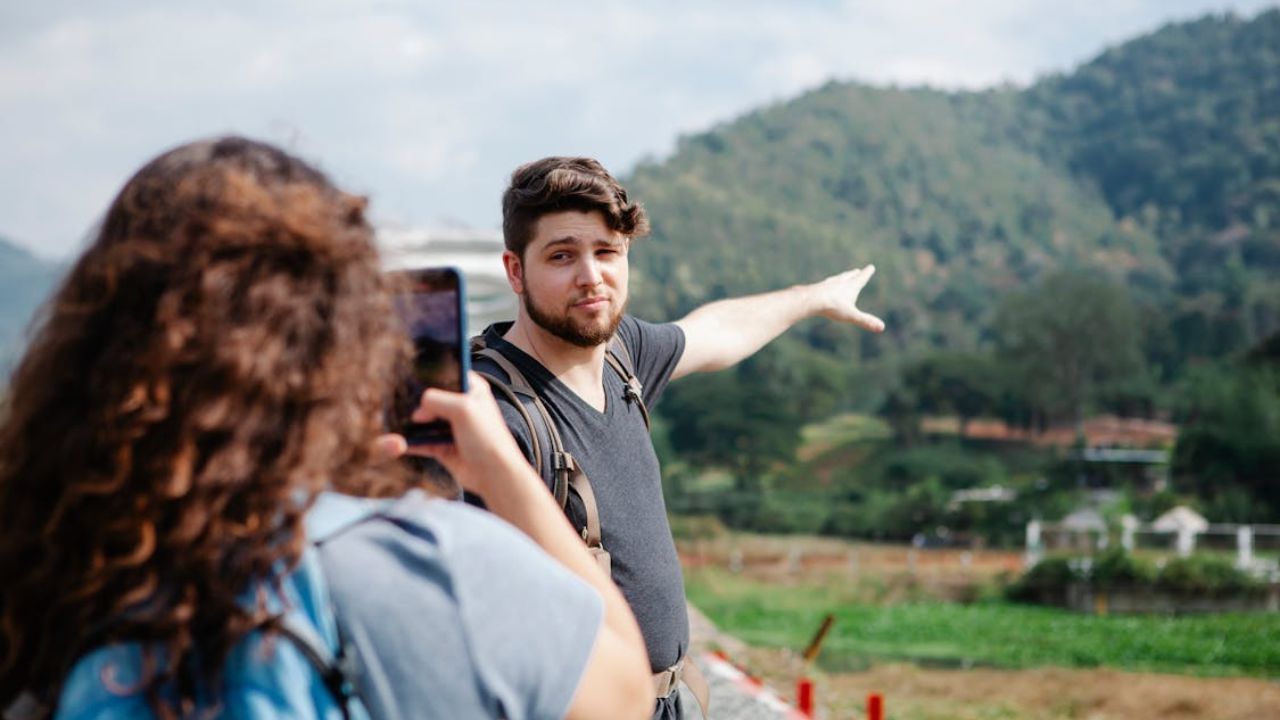
If you see someone with a great camera or interesting shot, ask if you can take a similar photo—or learn from them. Most photographers are happy to share tips or techniques. It builds connection instead of competition. And you just might make a friend in the process. Photography is a shared language—use it to build bridges.
Avoid Cultural Clichés
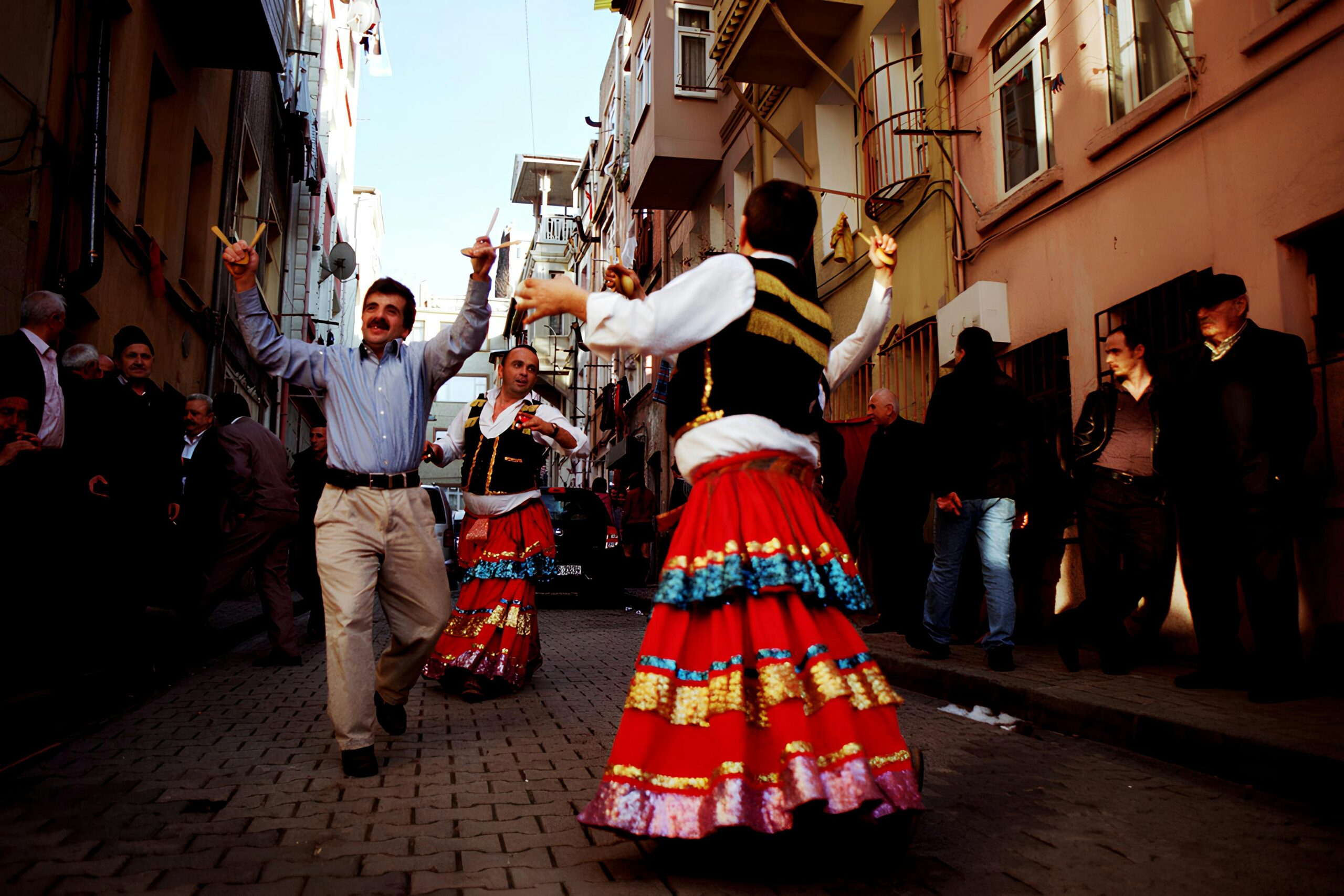
Try not to reduce places to stereotypes or oversimplified visuals. Seek stories behind the photo—learn why something is done a certain way before documenting it. This leads to richer photos that show respect and depth. Great travel photography begins with listening, not just shooting. Show curiosity beyond the camera lens and it’ll reflect in your work.
Print What Matters

In a digital age, printing a few of your favorite travel photos brings the experience full circle. They become more than pixels—they become stories on your wall, gifts for friends, or mementos that make the journey real again. Your best travel photos deserve a life beyond your phone. Hold your memories in your hand—they hit differently that way.